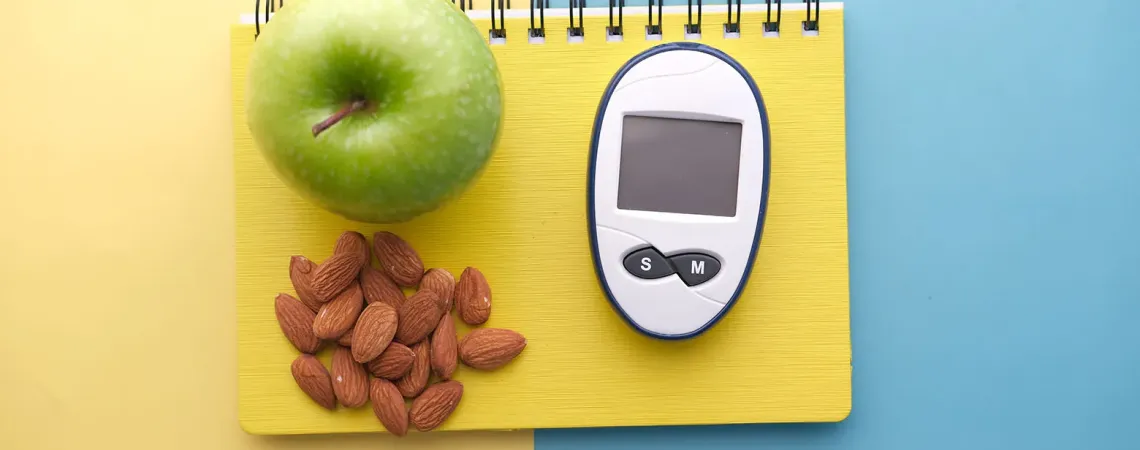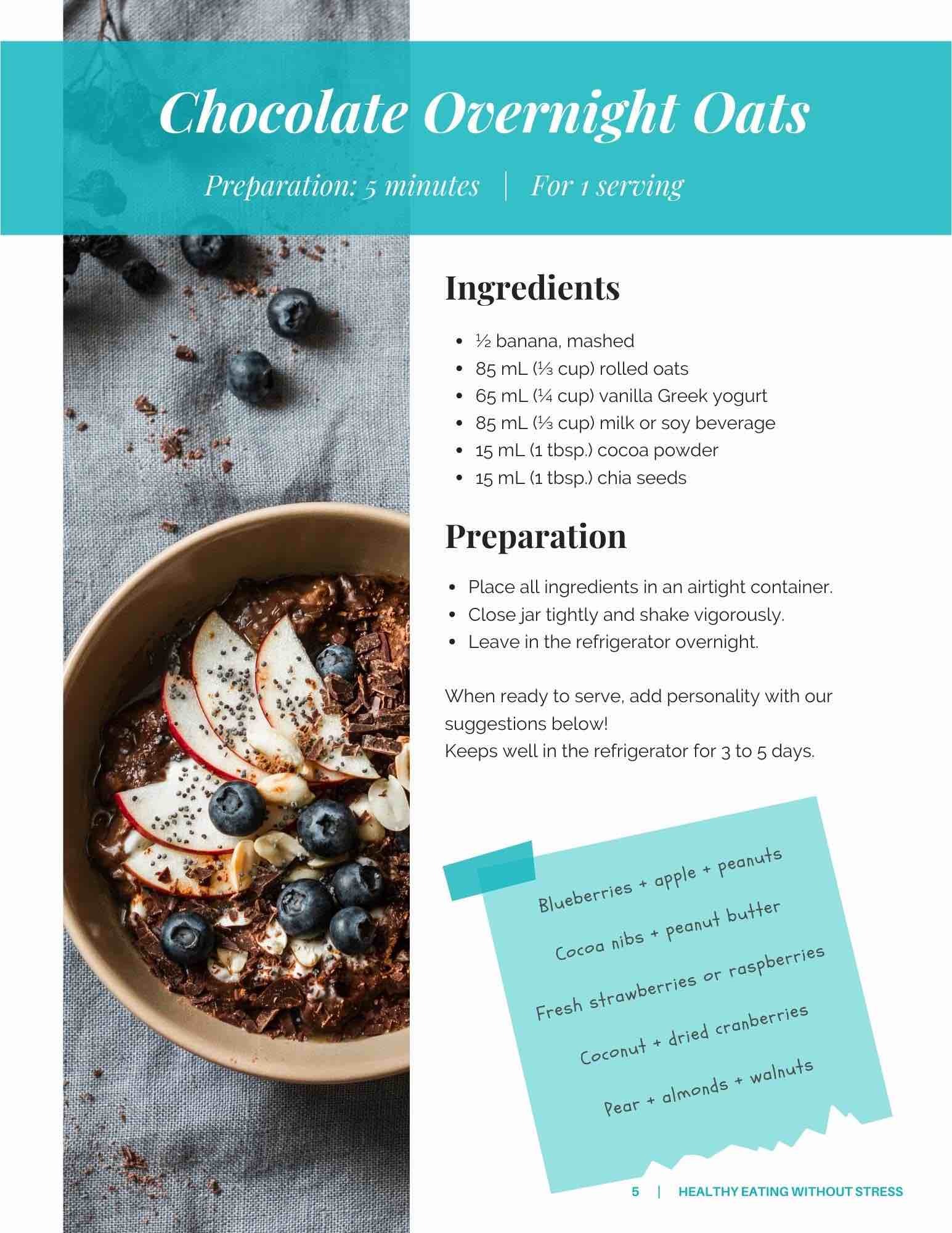
Learning that you have diabetes can be confusing, but it’s also an opportunity to better understand your body and take positive steps for your health. Managing blood sugar isn’t as complicated as it seems, and with a few simple changes, you can stay in control. This guide will help you grasp the essential basics to maintain stable blood sugar levels and live fully with diabetes.
1. What is Blood Sugar?
Blood sugar refers to the level of glucose in your blood. This glucose comes from the food you eat, primarily carbohydrates, and serves as fuel for your cells. However, too much glucose, known as hyperglycemia, can cause long-term problems if not managed properly. Fortunately, by better understanding what influences your blood sugar, you can make informed choices to stabilize it.
Blood Sugar Levels (mmol/L)
Why Keep Blood Sugar Within Normal Ranges?
Maintaining your blood sugar within a normal range is crucial to avoiding complications. High blood sugar can damage your blood vessels, nerves, and even vital organs like your heart, kidneys, and eyes. Conversely, low blood sugar (hypoglycemia) can have immediate effects, such as dizziness, or worse. Learning to stabilize your blood sugar protects your long-term health.
What Are the Symptoms of Abnormal Blood Sugar?
Common symptoms of hyperglycemia include:
- Fatigue
- Drowsiness
- Intense thirst
- Blurred vision
- Frequent urination
These symptoms may indicate the need for close monitoring of your blood sugar.
On the other hand, symptoms of hypoglycemia include:
- Shakiness
- Sweating
- Weakness
- Intense hunger
- Confusion
- Irritability
- Blurred vision
- Palpitations
- Dizziness
- Loss of consciousness
These signs warn of low blood sugar, requiring quick action, like consuming fast-acting sugar to stabilize levels.
2. The Role of Carbohydrates in Blood Sugar Management
Did you know that carbohydrates have the most direct influence on your blood sugar? When you eat carbs, your body converts them into glucose, which enters your bloodstream. That’s why it’s crucial to choose your carbs wisely and understand how they affect your blood sugar.
Types of Carbohydrates
- Simple Carbohydrates: These are quickly absorbed by your body, causing a rapid rise in blood sugar. They are found in sugary foods like soda, desserts, but also in some fruits and milk. While not all need to be avoided, it’s important to consume them in moderation and incorporate them judiciously into your diet.
- Complex Carbohydrates: Complex carbs, like starch, break down more slowly, providing stable energy and preventing blood sugar spikes. They are found in grains, legumes, and some vegetables like sweet potatoes. If these foods also contain fibre, even better for stabilizing blood sugar!
- Fibre: Fibre is a type of carbohydrate that isn’t digestible, meaning it doesn’t raise blood sugar. It helps slow sugar absorption and regulate digestion while promoting satiety to avoid cravings. Fibre is found in fruits, vegetables, whole grains, and legumes. If you’re counting carbs, remember to subtract fibre from the total, as it doesn’t convert to glucose.
Illustration of the Impact of Carbohydrates on Blood Sugar
3. Balancing Carbohydrates for Better Blood Sugar Management
To manage your blood sugar effectively, it’s important to know how to balance carbohydrates on your plate. Start with these basic proportions:
These proportions are a good starting point, but nothing beats the advice of a dietitian to tailor your meals to your lifestyle and specific needs.
Discover Diabetes-Friendly Recipes!
For meal ideas that meet your dietary needs and preferences, visit our recipe section and use the diabetes filter. You’ll find tasty and balanced dishes, specially designed to help you manage your blood sugar.
4. Dietary Adjustments to Modulate the Effect of Carbohydrates
Small adjustments can make a big difference in how carbohydrates affect your blood sugar:
- Pair carbohydrates with proteins, fibre, or vinegar: These elements slow down carb absorption, helping to stabilize blood sugar.
- Add pickled onions to your grain bowls
- Use our marinated tofu feta-style as a vinegar-infused protein source for your salads
- Incorporate legumes into your usual recipes, like our Carrot and Lentil Muffins
- Choose solid foods over liquids: Liquid foods like smoothies are absorbed more quickly, potentially leading to a rapid rise in blood sugar.
- Replace a smoothie with our Fruit Tartare
- Swap a smooth soup for our hearty Chunky Vegetable Soup
- Replace fruit compote with a whole fruit
- Cool your starches: Cooled starches, like potatoes or rice, contain more resistant starch, which slows carb absorption. Try these recipes to test this method:
5. Lifestyle Habits to Stabilize Blood Sugar
Adopting healthy lifestyle habits is essential for stabilizing your blood sugar. Here are some practical tips:
- Eat a balanced diet: Control the amount of carbohydrates you consume, spread them evenly throughout the day, and pair them with nutrient-rich foods.
- Get moving: Regular physical activity reduces glycated hemoglobin (HbA1c) and improves diabetes management. Even without intense exercise, adding more movement to your day can make a big difference.
- Manage stress: Stress can raise blood sugar, so it’s crucial to manage it effectively. Try relaxation techniques or find activities that help you unwind.
- Improve your sleep: Quality sleep is essential for maintaining good insulin sensitivity and preventing hyperglycemia. Learn how to sleep better with a diet that supports rest.
For Personalized Support
Managing diabetes isn’t something you have to do alone. Individualized guidance from a nutritionist-dietitian can make all the difference. The experts at TeamNutrition are here to offer personalized advice tailored to your needs. Book an appointment with a registered dietitian today for custom support and better blood sugar control.






